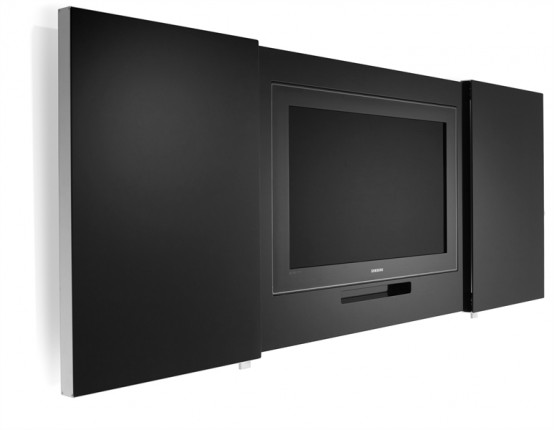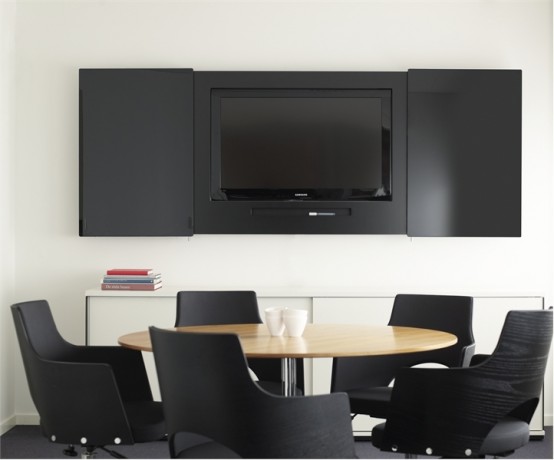Many modern television sets come with built-in TV stands, but for those which don’t you may have several options available to you. TVs can be mounted on a wall, but if this isn’t for you, there are plenty of other options.
The first thing to check is that some televisions are only compatible with particular TV stands, often those produced by the TV manufacturer. You’ll still usually have a choice of styles, but be careful to check you get one that fits your particular model. Make a note of the model number (which you can usually find on the instruction manual) before buying.

If your TV doesn’t need a specific stand, you’ll need to make sure that whatever you choose is suitable for the size of your screen, both in terms of width and depth. You’ll also need to check it can cope with the weight of your screen: the size of TV stands isn’t necessarily a guide to the weight it can bear as this depends just as much on the design and material used. A floor stand usually involves a solid base and then some form of pole which then attaches to either the base or back of your screen. In some cases, a floor stand will have some shelves attached to the pole for storing DVD players, video recorders, satellite receivers and other similar equipment. There may also be a built-in cable tidy to keep the wiring looking neat.

A pedestal stand consists of a fairly heavy base which usually has one or two metal rods which go up and into your screen. The base is designed so that it won’t tip over. Because your screen will need built-in holes to house the rods, these TV stands are usually specific to a particular brand of television. The stand then goes on top of a table or cabinet, so you’ll need to make sure that whatever you put it on is wide enough to take the stand, and capable of holding the weight of the screen. A desktop stand is similar to a pedestal stand but usually either snaps into the base of the screen (which usually requires a specific make and model) or grips the base. The main difference between these two TV stands is that a desktop stand often allows you to swivel the screen easily. You probably won’t use this option that often, but it can be handy if you have a window in the room which means the sun shines brightly onto the screen at certain times of the day.

Another option is a cabinet, which will usually have some form of attachment on top to hold your screen in place. These range from having a couple of shelves underneath for storing audio-visual equipment to larger models which can even surround the entire screen with shelving to store CDs, DVDs and other media. Some cabinets come with glass doors at the front, which can be useful for keeping young children from fiddling with equipment while still letting you use remote controls. If you need to switch cables around frequently, look for a cabinet with an open back so that you don’t need to take equipment out of the cabinet.











you must know entertainment center is made of wood.its can be dark or light wood selectionin different styles and shapes.
ReplyDelete